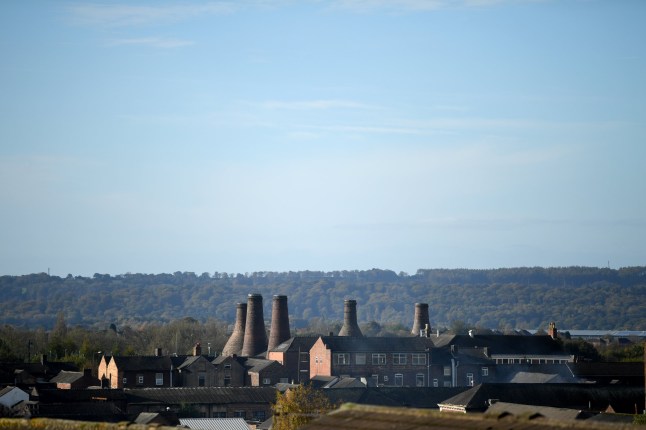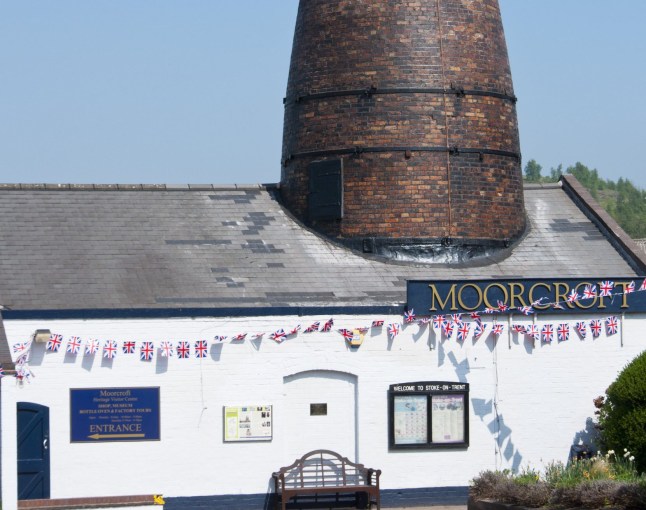
An iconic pottery firm has gone bust after more than 100 years of trading.
Moorcroft Pottery, based in Stoke-on-Trent at the heart of the UK’s pottery region, has shut with immediate effect, putting 57 people out of work.
Directors had warned of job cuts in March and worked to find a buyer in the weeks leading to the closure.
Bosses said in a statement: ‘The company faces an increase in energy and other costs, in a difficult trading environment with a global cost of living crisis. This has resulted in a seemingly unsustainable financial position.
‘The board of directors wishes to thank each employee for their unique heritage skills and commitment to the art pottery during a very challenging economic period.
‘The directors have pursued every avenue possible to save the business, however they have been left with no other option than to engage the services of a local insolvency firm to place the company into liquidation.’


Union organiser Chris Hoof told Metro: ‘The closure of Moorcroft is devastating news for workers and their families, but, unfortunately, it’s not a surprise.
‘The government must act and act now to support the ceramics sector and protect workers in this sector.’
Moorcroft was founded in 1897 and by 1928 it was appointed as Potter to HM The Queen during the reign of George V and Mary.
Queen Elizabeth II added Moorcroft designs into the Royal Collection and the company won many prestigious international awards.
Reflecting on the collapse of Moorcroft, a spokesman from the British Ceramic Confederation said: ‘This regrettable news underscores the significant challenges currently facing the UK ceramics sector, including soaring energy costs, increased international competition, and a difficult trading environment.
‘These pressures are making it increasingly difficult for even established and celebrated manufacturers to remain viable.
‘Ceramics UK is actively engaging with the government and relevant stakeholders to highlight the urgent need for support for our vital industry.’

Rise and fall of an industry
The pottery industry in Stoke traces its roots back to the mid-17th century, thanks to an abundance of clay.
There was a boom in the yearly 1700s and by World War Two, half the town’s population was employed in the industry.
However, over recent decades, there has been significant decline with the closures of Dudson in 2019, Wade in 2023, Johnsons Tiles in 2024, and Royal Stafford in February.
The collapse of the industry has been put down to:
- the rise of mass production
- not enough people with the right skills
- Lack of support for small business
Despite the bleak outlook for the industry, Stoke-on-Trent retains its status as the World Capital of Ceramics.
Get in touch with our news team by emailing us at webnews@metro.co.uk.
For more stories like this, check our news page.
Write Reviews
Leave a Comment
No Comments & Reviews